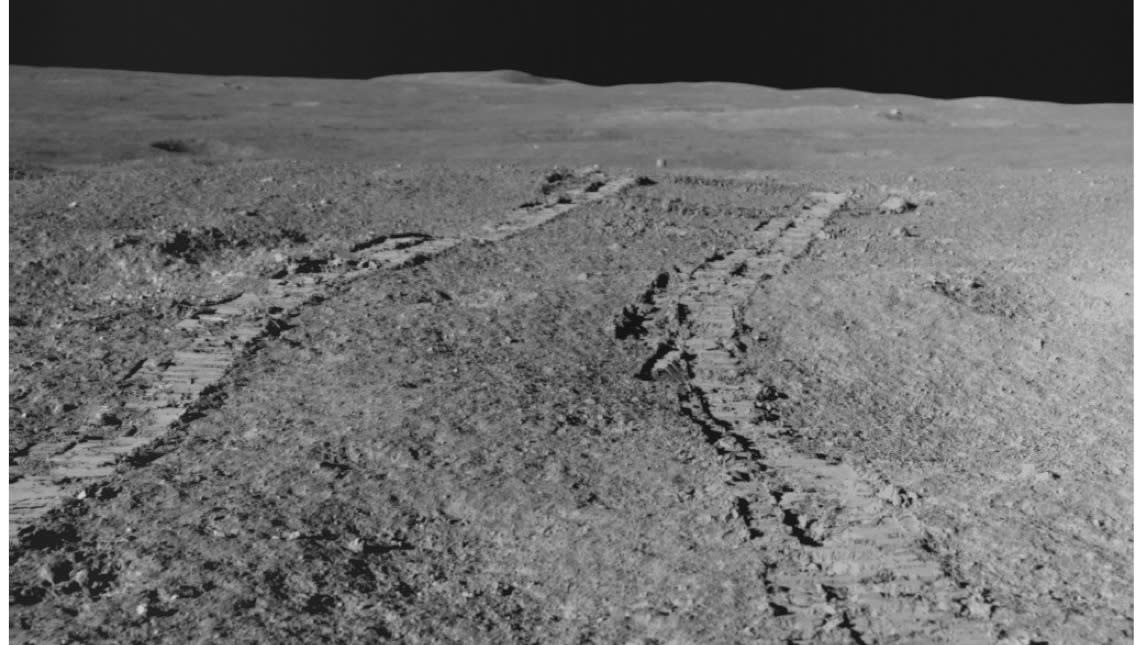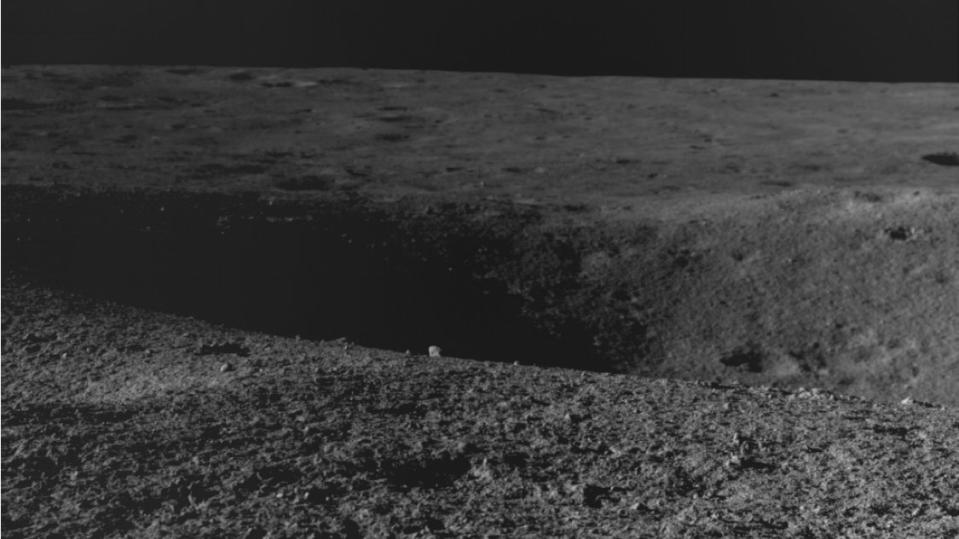India's Chandrayaan-3 takes the moon's temperature near lunar south pole for 1st time

On Aug. 23, thanks to the success of Chandrayaan-3, India made a strong mark in space history. Not only did it become the first nation to land a spacecraft near the south pole of the moon, but also the fourth to create imprints on Earth's gleaming companion at all. However, the lunar lander's touchdown was only step one of its ultimate story.
Since reaching the moon's south pole, Chandrayaan-3 has been hard at work – having deployed a rover named Pragyan to explore the cratered surface, harnessed integrated cameras to send back videos of its environment and even started completing research objectives planned for a two-week stay on the orb.
On Saturday (Aug. 26), for instance, scientists with the Indian Space Research Organization presented a video on X (formerly known as Twitter) of Pragyan roaming around the mission's landing point, which has been named the Shiv Shakti Point. In the video, the gold-colored moon explorer is seen on the other end of two delicate tracks it has created in lunar soil since exiting the lander that ushered it over there, named Vikram. The gingerly way Pragyan treads on a desolate gray world is almost charming.
Shortly after releasing this update, ISRO also posted a sort of checklist on X saying that, after successful completion of a safe and soft landing as well as Pragyan's deployment, Chandrayaan-3 has begun conducting scientific experiments on site. "All payloads are performing normally," the agency posted on X.
Related: Pragyan, Vikram, Vikas: How did India's Chandrayaan-3 moon mission get its names?
That prelude to lunar south pole science was quickly elaborated upon when, on Sunday (Aug. 27), ISRO posted yet another update on X regarding one of Chandrayaan-3's payloads called the ChaSTE experiment, or Chandra's Surface Thermophysical Experiment.
The purpose of this experiment, in essence, is to use a temperature probe as well as 10 individual temperature sensors to measure temperature profiles of lunar south pole soil. The goal, ISRO explains, is for ChaSTE to help scientists understand what the thermal behavior of the moon's surface is like. And, as it appears, ChaSTE has already found some stuff out.
Illustrated by a graph ISRO released, the experiment has probed various temperatures of the moon's surface at different depths, marking the "first such profile for the lunar south pole."
Chandrayaan-3 Mission:Here are the first observations from the ChaSTE payload onboard Vikram Lander.ChaSTE (Chandra's Surface Thermophysical Experiment) measures the temperature profile of the lunar topsoil around the pole, to understand the thermal behaviour of the moon's… pic.twitter.com/VZ1cjWHTndAugust 27, 2023

Related Stories:
— What's next for India's Chandrayaan-3 mission on the moon?
— Google celebrates India's Chandrayaan-3 moon landing with adorable Doodle
— India's historic Chandrayaan-3 moon landing celebrated by ISS astronauts
Detailed observations on that front, the agency noted, are still underway – but if you're wondering what Pragyan is up to, the last we heard, it has come across a dangerous crater. Due to the nature of the lunar south pole, hazards such as this are kind of expected. In fact, that's a major reason for why Chandrayaan-3's landing was such a massive occasion. Though everyone wants to get to the lunar south pole — because it's expected to host solid quantities of water ice — actually landing there is tough because the region is so very covered in craters.
Just about 3 meters (nearly 10 feet) from its location on Sunday (Aug. 27), the rover spotted a crater that seemed to be about 4 meters (13 feet) wide. "The rover was commanded to retrace the path," ISRO posted on X, "It's now safely heading on a new path."

